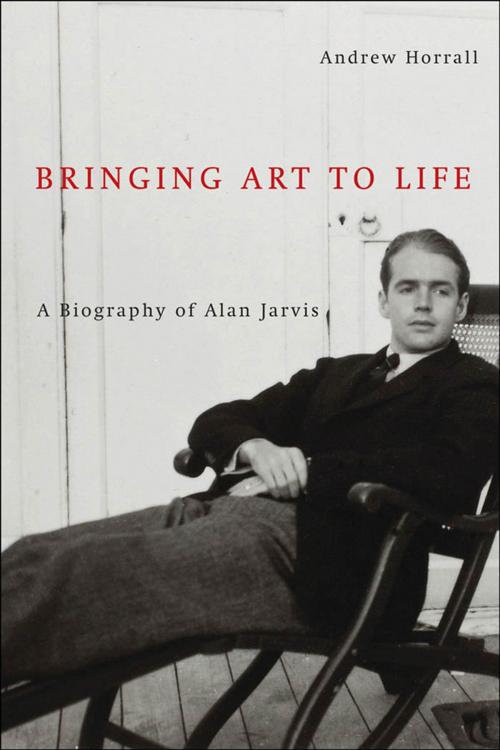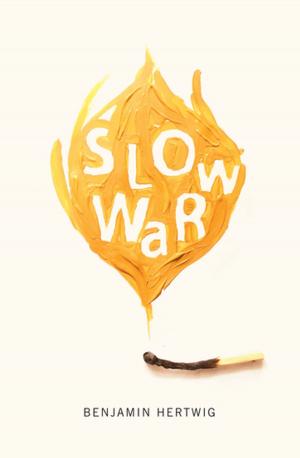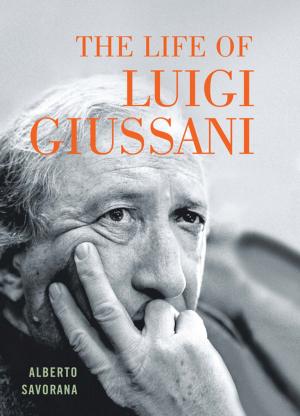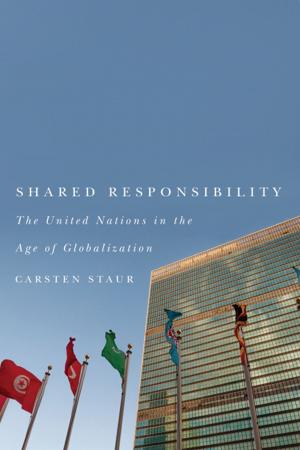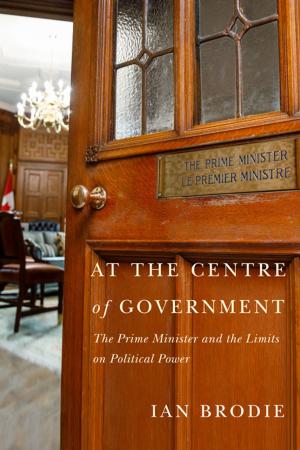| Author: | Andrew Horrall | ISBN: | 9780773582545 |
| Publisher: | MQUP | Publication: | September 14, 2009 |
| Imprint: | MQUP | Language: | English |
| Author: | Andrew Horrall |
| ISBN: | 9780773582545 |
| Publisher: | MQUP |
| Publication: | September 14, 2009 |
| Imprint: | MQUP |
| Language: | English |
Only thirty-nine when he took over the National Gallery in 1955, Jarvis already had an extraordinary record of achievement and social mobility at home and in England: he had trained with Canada's greatest artists, won a Rhodes scholarship, lunched at the Algonquin Round Table in New York, managed an aircraft factory, written a bestseller, produced films, run a slum settlement, and moved in a London social circle that included Noël Coward and Vivien Leigh. As head of the National Gallery, Jarvis was a provocative public educator, advocating his idea of "a museum without walls" in countless public appearances. Instrumental in bringing modern art to the National Gallery, he shook artists and the art-minded public out of a period of national complacency. This first detailed account of the controversy surrounding his time at the gallery provides an important context for the ongoing and contested role of publicly supported arts and art institutions in this country.
Only thirty-nine when he took over the National Gallery in 1955, Jarvis already had an extraordinary record of achievement and social mobility at home and in England: he had trained with Canada's greatest artists, won a Rhodes scholarship, lunched at the Algonquin Round Table in New York, managed an aircraft factory, written a bestseller, produced films, run a slum settlement, and moved in a London social circle that included Noël Coward and Vivien Leigh. As head of the National Gallery, Jarvis was a provocative public educator, advocating his idea of "a museum without walls" in countless public appearances. Instrumental in bringing modern art to the National Gallery, he shook artists and the art-minded public out of a period of national complacency. This first detailed account of the controversy surrounding his time at the gallery provides an important context for the ongoing and contested role of publicly supported arts and art institutions in this country.
